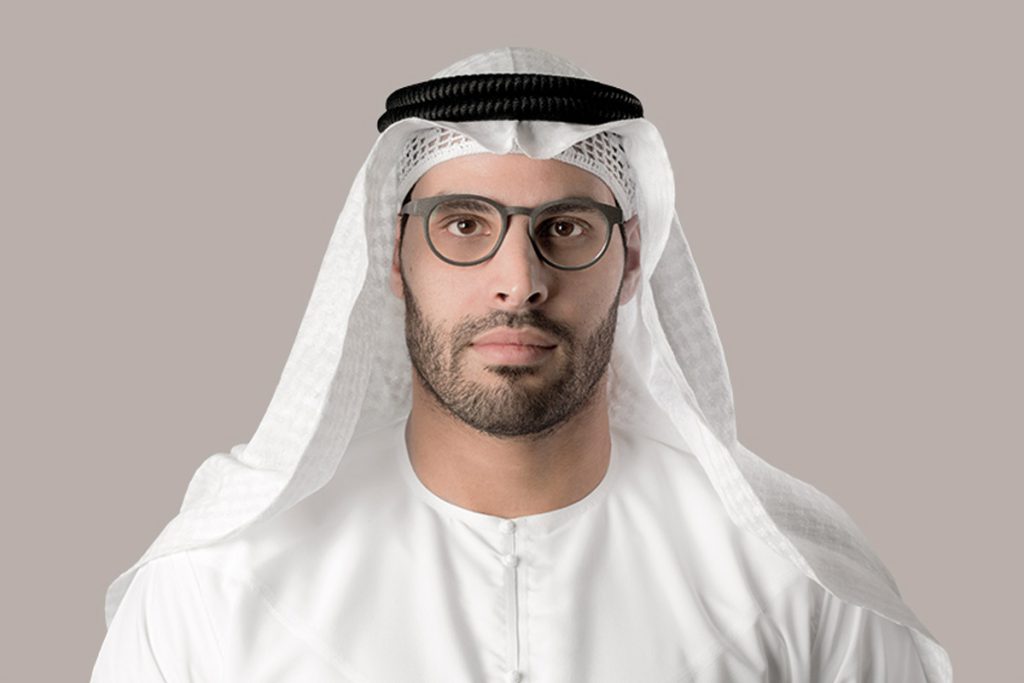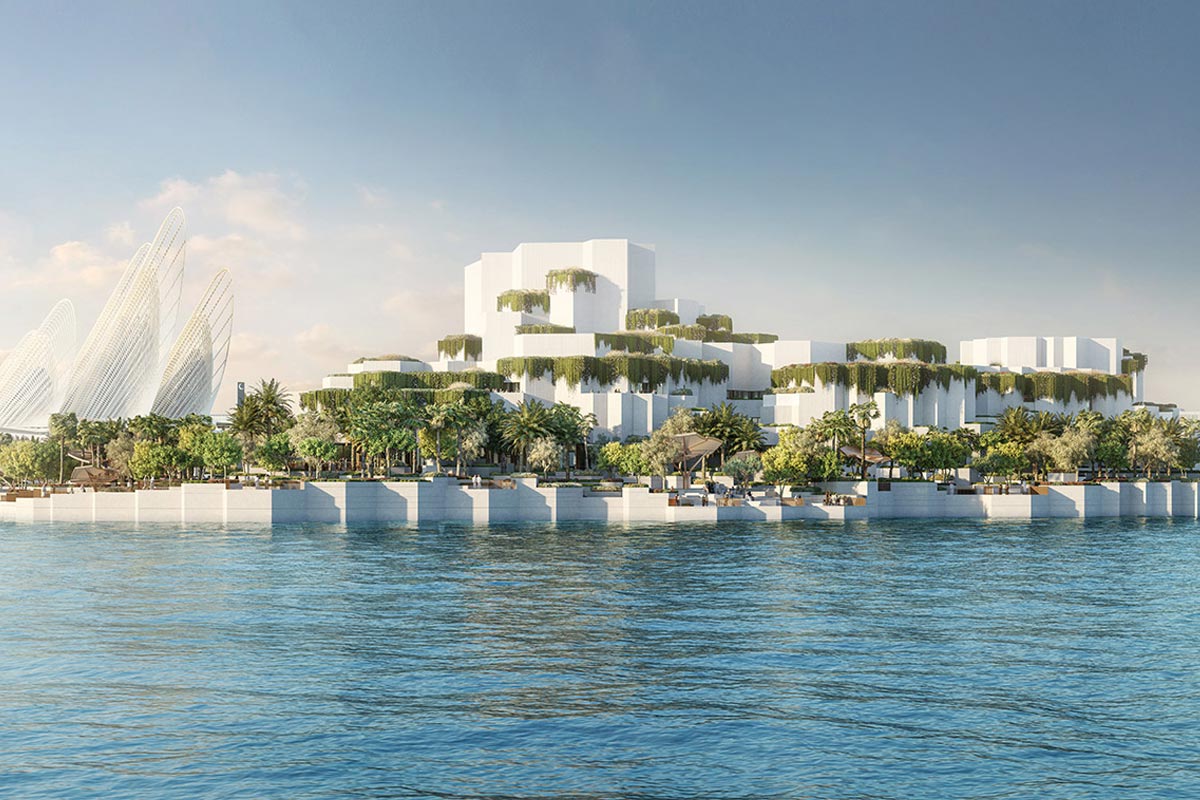Sheikh Khaled bin Mohamed bin Zayed, member of the Abu Dhabi Executive Council and chairman of Abu Dhabi Executive Office, has launched the Natural History Museum Abu Dhabi project – a new museum, which will be the largest of its kind in the region.
The museum, currently under construction and due to be completed at the end of 2025, will be located in the emirate’s Saadiyat Cultural District, which is establishing itself as one of the world’s leading cultural centres.
Conceived and developed by the Department of Culture and Tourism – Abu Dhabi (DCT Abu Dhabi) in partnership with Miral, Abu Dhabi’s leading creator of destinations and experiences, the Natural History Museum Abu Dhabi will be a scientific research and teaching institution and an educational resource about the evolving story of the planet.
Covering an area of more than 35,000 square metres, the lead architects Mecanoo designed the Natural History Museum Abu Dhabi to resonate with natural rock formations, reflecting the museum’s goal of improving understanding of and engagement with the natural world.
Every element of the design uses geometry as an overriding theme, with pentagonal shapes resembling cellular structures.
Also playing an important role in the design are water and vegetation, potent symbols of life in the desert. In addition to the gallery display areas, the museum will include temporary exhibition spaces for special events and theatre facilities.
Enabling and marine works have commenced on the Natural History Museum Abu Dhabi construction site.
The Natural History Museum Abu Dhabi will offer employment opportunities in the emirate and on the wider national and regional levels, with curators set to be appointed to cover the full spectrum of natural sciences.
In addition, it aims to attract and develop young talent as part of Abu Dhabi’s drive to accelerate the culture and creative industries.
Experiences with the Natural History Museum Abu Dhabi
The museum will take visitors on a 13.8 billion-year journey through time and space, and include a thought-provoking perspective into a sustainable future for planet Earth, with a focus on immersive displays, curated collections, and exceptional specimens.
A highlight of the new museum’s collection will be the world-famous ‘Stan’, a remarkable, mostly complete 39-foot-long (11.7 metres) Tyrannosaurus rex, which is one of the best preserved and most studied fossils of this iconic predator from the Late Cretaceous Period.
Known by scientists around the world, years of scientific studies of ‘Stan’ have furthered our knowledge of countless aspects of the Tyrannosaurus rex.
Now that ‘Stan’ has a new home at the Natural History Museum Abu Dhabi, this 67-million-year-old dinosaur will be made available for scientific research, and will continue to contribute to education and research globally.
‘Stan’ will be joined by an extraordinary Murchison Meteorite specimen, which famously crash-landed in Australia more than 40 years ago and has since revealed to scientists new information about the early solar system.
Containing a huge range of organic ‘stardust’ compounds as well as pre-solar grains which formed over 7 billion years ago – long before our current solar system existed – the meteorite provides ancient insight into the very building blocks of life.
The museum’s collection will also feature numerous significant artefacts as part of its curatorial vision, as well as fascinating experiences being created by a dedicated team in Abu Dhabi, supported by strategic partnerships with world leading scholars and natural history experts.

The chairman of DCT Abu Dhabi, Mohamed Khalifa Al Mubarak, said “Natural history has a new home in Abu Dhabi. A new museum which tells the story of our universe through some of the most incredible natural wonders known to mankind.
“These are awe-inspiring gifts from nature that we are proud to share with the world – unlocking millions of years of knowledge to not only advance scientific discovery but to inspire our children to protect our planet’s future.”
He added: “As we nurture a new generation of global advocates that are incredibly curious and passionate about natural history, we are fulfilling our vision to enrich lives and make Abu Dhabi the place for research, collaboration and discovery.”
The museum will join the diverse cultural institutions and museums in the Saadiyat Cultural District, which include Louvre Abu Dhabi and the upcoming Zayed National Museum and Guggenheim Abu Dhabi, as part of Abu Dhabi’s strategy to position the emirate as a centre for culture, arts and creativity.






